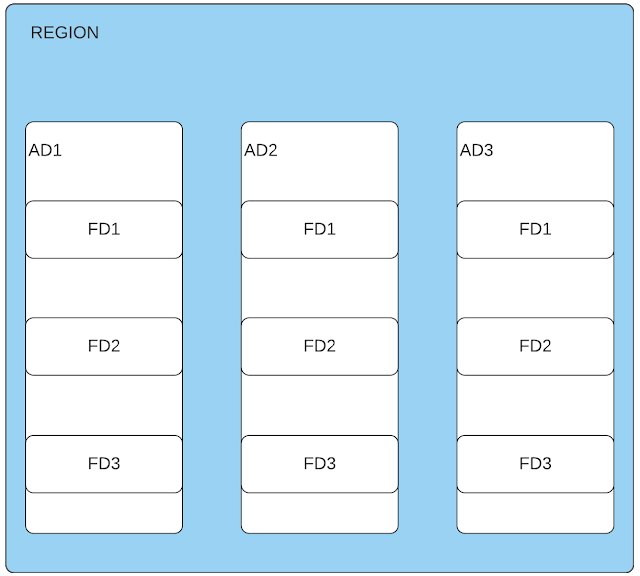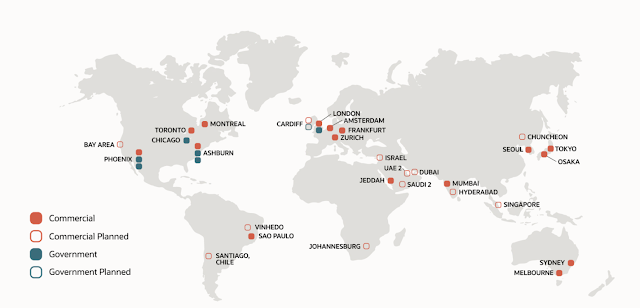This series of posts referencing oracle cloud is being written to be read in order of publication, i mean, from basic to advanced topic, but you can go ahead and read any post of your interest. In each post i assume that you know the previous concepts.
To make it easy for you, i’ve divided the basic oci infrastructure into a logical layer and a physical layer:

Logical layer.
– Tenancy. The account of a company is linked to a Tenancy, in this Tenancy you create all the oci resources, like a container. Then Tenancy is the root compartment.
– Compartments. A Tenancy contains one or more compartments. Its a logical container where we’ll create all our infrastructure. Its useful to organize and isolate the infrastructure. You can think in compartments like a tree structure. By default we have a root compartment from which we create our own compartments. It could be useful to have, for example, a compartment for each environment (PROD, TEST, DEV, and so on). Under each environment we’ll create our projects. The next image shows an example:

Physical layer.
We have a geographical location, called region. Each region can have up to 3 availability domain (AD), think of AD as it was data centers. Besides, each AD consists of 3 Fault Domains (FD). The FD is useful to isolate physical hardware resources from each other. In this way a hardware fail in FD1 AD2, will not affect FD2 and FD3 in the same AD.

There are resources that we can create at region level, others at FD level, other resources span an AD and others like users are global resources.
At this time theses are the OCI regions:
